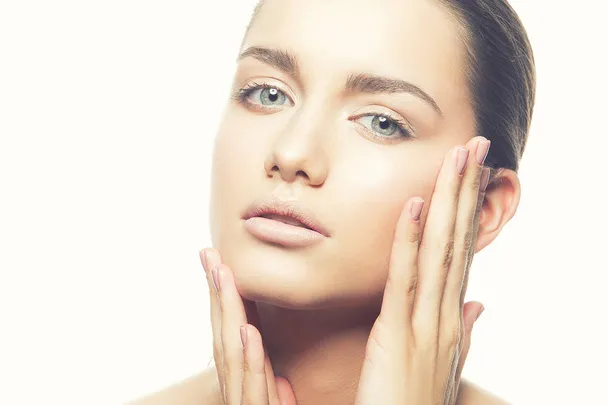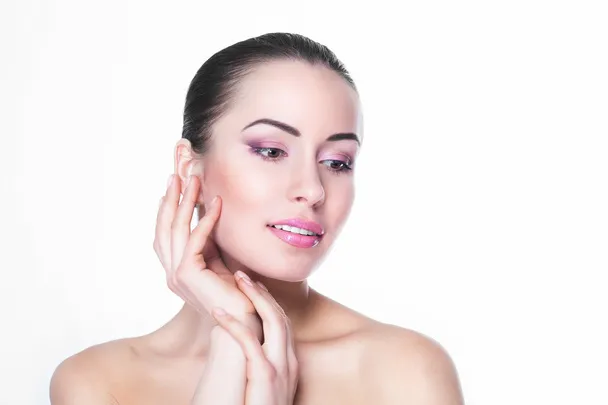Should You Shave Before or After You Fake Tan?
Achieving a flawless faux glow often involves a combination of techniques, from applying self-tanner to addressing unwanted body hair. However, the question of whether to shave before or after applying fake tan can be a source of confusion for many. In this article, we’ll explore the benefits and considerations of each approach to help you determine the best course of action for your tanning routine.
Shaving Before Fake Tan:
Shaving before applying fake tan is a common practice for many individuals. Here are some reasons why shaving before fake tan may be preferred:
- Smoother Application: Shaving before applying fake tan serves as a fundamental step in achieving a flawless faux glow. By removing hair from the skin’s surface, shaving creates a smoother canvas for the application of self-tanner. Without the presence of hair, the self-tanning product can be spread more evenly across the skin, resulting in a streak-free finish. Hair can sometimes interfere with the application process, causing the tanner to clump or adhere unevenly, especially in areas with denser hair growth. By shaving beforehand, you eliminate this potential obstacle, allowing the self-tanner to glide effortlessly over the skin for a more uniform and natural-looking tan. Additionally, a smooth surface ensures that the self-tanner is distributed evenly, reducing the likelihood of streaks or patches and providing a seamless transition between treated and untreated areas. Overall, shaving before fake tan lays the groundwork for a smoother, more flawless application and enhances the overall aesthetic of the faux glow.
- Enhanced Absorption: Shaving not only removes hair from the skin’s surface but also serves as an exfoliating technique, sloughing away dead skin cells and debris that may inhibit the absorption of self-tanner. This exfoliation process creates a clean and receptive surface, allowing the self-tanner to penetrate more effectively and deeply into the skin. As a result, the self-tanner is absorbed more efficiently, leading to a more vibrant and long-lasting tan. Dead skin cells and buildup can act as barriers, preventing the self-tanner from reaching the underlying layers of the skin and resulting in a less intense or shorter-lived tan. By exfoliating through shaving, you remove these impediments, ensuring maximum absorption and optimal color development. The combination of shaving and self-tanning creates a synergistic effect, enhancing the overall efficacy of the tanning process and yielding more satisfying results. Ultimately, enhanced absorption through shaving contributes to a more radiant and enduring tan that lasts throughout your desired wear time.
- Reduced Patchiness: One of the most significant challenges when applying self-tanner is achieving uniform coverage and avoiding patchiness or streaks. Areas with stubble or hair present a particular challenge, as the self-tanner may adhere unevenly or cling to the hair, resulting in an irregular tan. Shaving before fake tan effectively addresses this issue by eliminating the presence of hair on the skin’s surface. Without hair obstructing the application process, the self-tanner can be distributed more smoothly and evenly, minimizing the risk of patchiness. By creating a clean and uniform surface, shaving ensures that the self-tanner is applied consistently across the skin, reducing the likelihood of noticeable discrepancies in color or texture. As a result, the tan appears more cohesive and natural, with a seamless transition between treated and untreated areas. Shaving before fake tan is, therefore, an essential step in achieving a flawless and streak-free finish, ensuring that your faux glow looks impeccably even and radiant from head to toe.
Shaving After Fake Tan:
While shaving before fake tan is a common practice, some individuals opt to shave after applying self-tanner. Here are a few reasons why:
Preservation of Tan: Opting to shave after applying fake tan offers a strategic advantage in preserving the longevity and integrity of your faux glow. Shaving after fake tan minimizes the risk of inadvertently removing portions of the self-tanner along with the hair, thereby safeguarding the evenness and durability of your tan. When you shave before applying fake tan, there is a possibility that some of the self-tanner may be removed along with the hair during the shaving process. This can result in areas of uneven fading or premature fading of the tan, as the color may be stripped away along with the hair follicles. These patches of faded or uneven color can detract from the overall aesthetic of the tan, compromising its seamless appearance. By postponing shaving until after fake tan application, you can ensure that the self-tanner has fully adhered to the skin and developed its color before any hair removal takes place. This allows the tan to set and bond with the skin more effectively, minimizing the risk of disruption or removal during the shaving process. As a result, your faux glow remains intact and vibrant for a more extended period, with fewer instances of patchiness or fading. Additionally, shaving after fake tan enables you to precisely target areas that require hair removal without compromising the integrity of the tan. This precision ensures that your tan maintains its seamless appearance, with smooth, hair-free skin enhancing its overall allure. Ultimately, by shaving after fake tan application, you can maximize the longevity and visual appeal of your faux glow, allowing you to enjoy radiant, sun-kissed skin for an extended duration.
Precision:
Shaving after applying fake tan grants you the advantage of precision when it comes to targeting specific areas for hair removal without jeopardizing the integrity of your tan. This method affords greater control over the shaving process, allowing you to maintain the seamless appearance of your tan.
When you shave after applying fake tan, you have the opportunity to identify and address areas where hair removal is desired with enhanced accuracy. By waiting until after the tan has fully developed, you can clearly see the boundaries of the tan lines and any areas where hair removal is necessary. This precision enables you to shave with greater care and attention to detail, ensuring that only the intended areas are treated while leaving the rest of the tan undisturbed.
Moreover, shaving after fake tan allows for meticulous grooming in areas where hair removal is particularly challenging or requires special attention, such as around the knees, ankles, or bikini line. With the tan already in place, you can navigate these sensitive areas with ease, confident that the color will remain intact.
By exercising precision in your shaving routine after fake tan application, you can achieve a flawless and polished look without compromising the integrity of your tan. This approach ensures that your tan remains seamless and uniform, enhancing your overall appearance and confidence. Ultimately, precision shaving after fake tan empowers you to fine-tune your grooming routine while preserving the beauty of your faux glow.
Minimized Irritation:
Shaving after applying fake tan can significantly decrease the likelihood of irritation or sensitivity that may arise when shaving over freshly tanned skin. Delaying the shaving process until after the tan has fully developed allows the skin to settle, reducing the risk of discomfort and adverse reactions.
Freshly tanned skin is often more sensitive and prone to irritation due to the chemical reactions involved in the tanning process. Shaving over this delicate skin can exacerbate sensitivity and lead to discomfort, redness, or even inflammation. By waiting until after the tan has fully developed, you give the skin time to adjust and stabilize, minimizing the likelihood of adverse reactions during the shaving process.
Furthermore, shaving after fake tan allows any residual self-tanner to fully adhere to the skin’s surface, creating a protective barrier that reduces friction and irritation during shaving. This protective layer helps to cushion the skin and minimize the abrasive effects of the razor, resulting in a smoother and more comfortable shaving experience.
Additionally, waiting until after the tan has fully developed allows you to assess the color and appearance of the tan before shaving, ensuring that any areas of unevenness or imperfections can be addressed beforehand. This proactive approach helps to mitigate the risk of inadvertently disturbing the tan during the shaving process, reducing the likelihood of patchiness or streaking.
shaving after fake tan allows for a gentler and more comfortable shaving experience, minimizing the risk of irritation or sensitivity while preserving the integrity of the tan. By prioritizing skin health and comfort, you can enjoy the benefits of a flawless faux glow without compromising on grooming.
Ultimately, whether you choose to shave before or after applying fake tan depends on personal preference and desired outcomes. Experiment with both approaches to determine which works best for you and your tanning routine. By considering factors such as application ease, tan longevity, and skin sensitivity, you can achieve a flawless faux glow while addressing unwanted body hair effectively.










